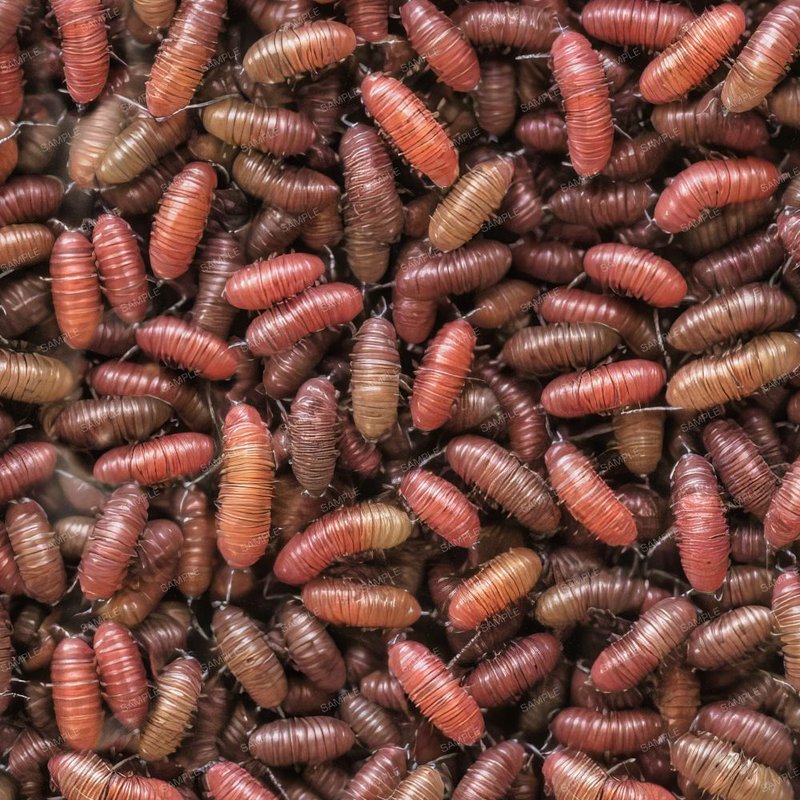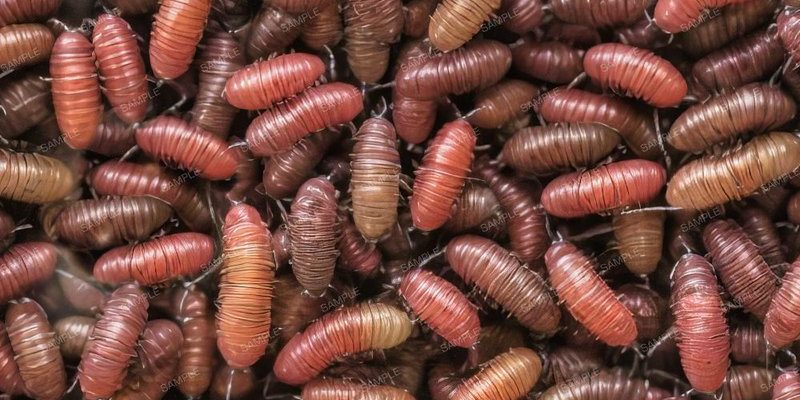
Japanese beetle grubs are a common sight in many gardens, particularly in North America, and spotting them early can save you a lot of trouble down the line. Let’s dive into how to recognize Japanese beetle grubs, why it matters, and how to deal with them if they turn up in your yard. Along the way, we’ll also touch upon what other grubs might look like, so you can confidently identify what’s what in your garden.
What Are Japanese Beetle Grubs?
So, what exactly are Japanese beetle grubs? These are the larval stage of the **Japanese beetle**, which is about the size of a dime and has a shiny green exterior with copper-colored wing covers. The grubs themselves are C-shaped, white, and can grow up to an inch long. They’re usually found in the soil, lying just beneath the surface, where they feast on the roots of grass and other plants. Honestly, this stage is when they’re the most damaging.
You might be wondering how they get there. Adult beetles lay their eggs in the ground during late spring and early summer. Once the eggs hatch, the grubs start to munch on your grass roots and other plants, potentially causing patches of brown or dead grass in your yard. If you’ve noticed these problems, the grubs could be the culprit.
Recognizing Japanese beetle grubs early can prevent significant damage. Let me explain: if left unchecked, a small number of grubs can quickly multiply, leading to extensive damage in your garden or lawn. The sooner you identify them, the better chance you have at managing their population!
Physical Characteristics of Japanese Beetle Grubs
When looking for Japanese beetle grubs, it helps to know what they look like. Here are their key characteristics:
- Color: Japanese beetle grubs are mostly creamy-white with a slight tan hue.
- Shape: They have a distinct C-shape, curling up when disturbed.
- Size: Mature grubs can reach lengths of about 1 inch.
- Hair: Look for fine, dark hairs on their body; this can help differentiate them from other grubs.
You might find it helpful to compare them to other common grubs, like those from June beetles or European chafer beetles, which often have similar coloration but differ in size and shape. June beetle grubs, for example, might be larger, and tend to be less curly than Japanese beetle grubs.
Being able to spot these differences can empower you as a gardener. When you know the exact kind of grub you’re dealing with, you can take the right steps to protect your plants effectively.
Where to Find Japanese Beetle Grubs
Japanese beetle grubs are often found in areas with abundant grass or other plants. They thrive in moist, soft soil that’s easy for them to burrow into. You might be wondering, “Where should I look if I think I have them?”
Here are some ideal spots to check:
- Your Lawn: Start by checking areas with brown patches or dead grass.
- Garden Beds: Look in flower beds or vegetable patches, especially around the base of plants.
- Compost Piles: If you use compost, grubs may also take up residence here, feasting on the organic material.
When searching, dig down a few inches into the soil. You may uncover several grubs curled up in their cozy little clumps. If you’re unsure, you can always do a simple “grub test.” Just grab a handful of soil from these areas and inspect it closely.
Knowing the right locations can help you be proactive. If you find grubs early on, you can act before they cause too much damage.
Comparing Japanese Beetle Grubs to Other Grubs
Identifying Japanese beetle grubs is essential, but it’s just as important to differentiate them from other grubs that can also invade your garden. For instance, you might come across grubs from the European chafer beetle or the June bug.
Here’s a quick comparison:
| Feature | Japanese Beetle Grubs | European Chafer Grubs | June Beetle Grubs |
|---|---|---|---|
| Color | Creamy-white | Light tan to white | White with a darker end |
| Size | Up to 1 inch | Similar, but can be larger | Typically larger than 1 inch |
| Shape | C-shaped | C-shaped | More elongated |
By comparing these features, you’ll be better equipped to recognize what’s causing trouble in your garden. This knowledge allows you to target your solutions more effectively, ensuring you don’t mistakenly treat harmless grubs as pests.
How to Manage Japanese Beetle Grubs
If you discover Japanese beetle grubs in your garden, you might be feeling a bit overwhelmed. Here’s the thing: while they can cause damage, you have several options to manage them effectively.
First, manual removal is a straightforward approach. You can simply dig them out of your soil. This method works best if you have just a few grubs in a limited area. Just be sure to dispose of them far from your garden.
Another effective method is using beneficial nematodes. These tiny worms prey on grubs, making them a natural predator. You can apply them during the late summer or early fall when grubs are still in the soil, ensuring they do their job before the ground freezes.
Lastly, consider using a **grub control product** designed specifically for Japanese beetle larvae. Many of these are available at garden centers, so check the instructions carefully. Make sure it’s safe for the plants you have and the environment.
Managing these grubs doesn’t have to be daunting. With the right methods, you can keep your garden thriving and healthy.
Preventing Future Infestations
Once you’ve dealt with Japanese beetle grubs, you might be curious about how to keep them from returning. Prevention is key! Here are some strategies you can use:
- Healthy Lawn Care: Regularly aerating and fertilizing your lawn can strengthen your grass, making it less appealing for grubs.
- Encourage Natural Predators: Birds and certain insects feast on grubs. Planting flowers that attract these beneficial creatures can keep your grub population low.
- Timing Your Watering: Water your lawn deeply but infrequently, which encourages grass roots to grow deeper and become more resilient.
Creating a thriving ecosystem in your yard can significantly reduce the chances of a grub invasion. It’s all about balance—healthy plants can withstand pests much better!
Final Thoughts on Identifying and Managing Japanese Beetle Grubs
As you’ve seen, knowing how to recognize Japanese beetle grubs can save you a lot of headaches in the garden. By identifying them correctly, you can take timely action to keep your plants healthy and thriving. Remember, these grubs are just one part of a bigger picture in your garden.
So, the next time you spot those little grubs, you’ll be equipped with the knowledge to differentiate them from others and tackle any potential problems head-on. Keeping your garden healthy is a journey, and understanding its inhabitants—both good and bad—is a big part of that process. Happy gardening!

